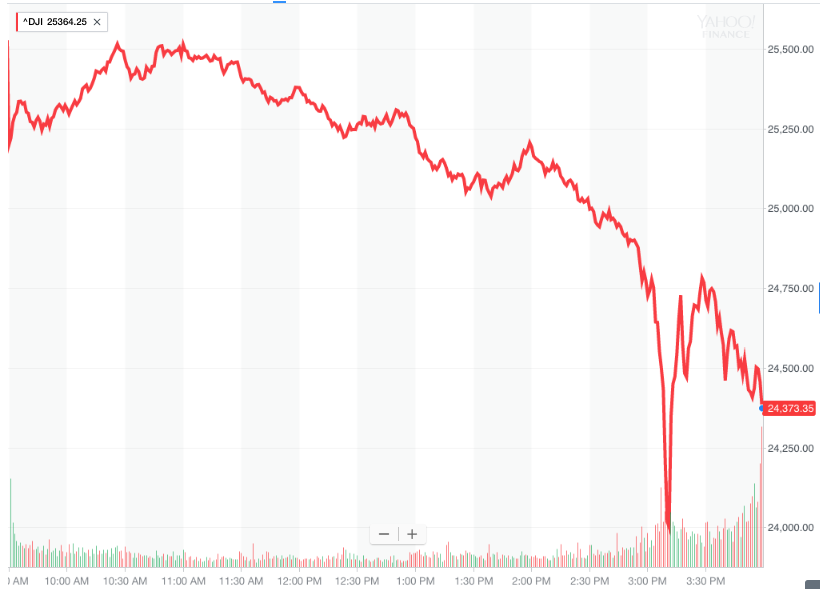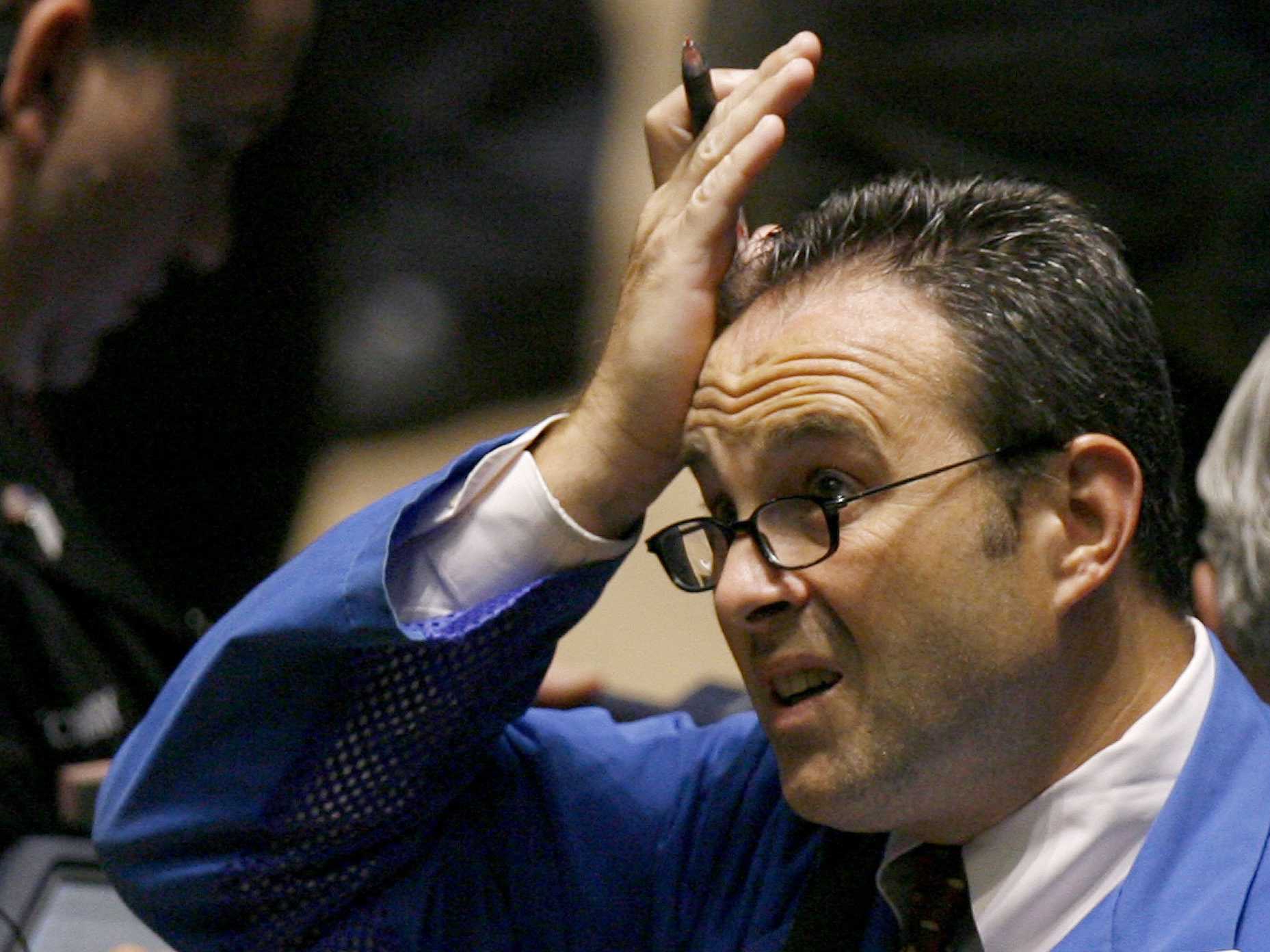How the U.S. Squandered Its Steel Superiority
Spoiler alert: Unfair trade practices of foreign nations had nothing to do with it.
Donald Trump wants to help the steel industry in this country, and he’s announced plans for protective tariffs, claiming that “trade wars are good, and easy to win.” By way of explanation, Trump claims that steel -- and many other industries -- has been “decimated by decades of unfair trade and bad policy.”
He’s correct about one thing: This has been a problem many decades in the making. But it’s a problem rooted in disastrous decisions made by the steel companies themselves when Trump was still in elementary school.
At the end of World War II, American steel had no real challengers. It produced nearly three quarters of the world’s steel, and the factories of its biggest competition -- Japan and Germany -- lay in ruins. Giants like U.S. Steel looked poised to dominate the world for the foreseeable future.
Instead, the industry was lapped by foreign producers -- and unfair trade practices were simply not a factor. Instead, the blame lies with U.S. manufacturers who held onto the so-called “open hearth” method of steel production decades after its expiration date.
Europeans, though, had no such attachment to the past, perhaps because many factories had been destroyed in the war. Moreover, they had started experimenting with the idea of turning iron into steel by blasting pure oxygen onto the molten metal. This method, which became known as the basic-oxygen process, first entered trial use in 1948 at a factory in Linz, Austria, owned by the small steel firm VOEST. The company soon built a full-scale commercial facility that went online in 1952.
Linz became something of an industrial mecca in the succeeding years, as steelmakers the world over visited to see this new process firsthand. Most became immediate converts, and with good reason: The cost of building steel mills using the basic-oxygen furnaces was 40 to 50 percent lower than conventional open-hearth factories; operating costs were 25 percent lower, though some studies suggested even greater cost savings.
But it was the productivity gains associated with the new process that should have really raised eyebrows. One factory that made the shift could produce 40 tons of steel per hour using the open-hearth process, but after installing basic-oxygen equipment, it managed to quadruple that figure.
Unfortunately, Big Steel was too proud to notice Europe gaining ground. In a typical advertisement from the era, U.S. Steel claimed it was a company “where the big idea is
innovation.” But this claim -- much like so many of the braggadocios claims of today -- could not hide a more disturbing reality.
Indeed, throughout the 1950s, as Europe’s steelmakers built new factories around the basic-oxygen process and simultaneously demolished its remaining open-hearth furnaces, Big Steel made endless excuses. Representatives of the Big Three -- Bethlehem, U.S. Steel, and Republic -- repeatedly claimed that the jury was out on the new method, all evidence to the contrary.
By 1957, even Congress realized that something was amiss, and it summoned steel industry executives to testify. In one particularly cringe-worthy performance, a U.S. Steel representative told a committee: “The distinguishing characteristic of the American steel industry is its tremendous productiveness, a quality which other countries have been unable to emulate so far,” later adding that the company had examined the methods popular in Europe but found them wanting.
This was madness. While Big Steel fiddled, basic-oxygen furnaces burned ever brighter around the world. So, too, did yet another method of making steel that was even more revolutionary: the electric-arc method. This technique used electricity to recycle iron scrap, turning it into steel. Unlike conventional steel mills, electric arc mills are small-scale enterprises that are easy to establish and cheap to build, even if they can’t produce anywhere near the scale of a conventional integrated mill.
The Europeans began building these, too, en masse. As these two methods continued to take off in Europe, and then in Japan and elsewhere in Asia, American companies continued to add completely inefficient open-hearth furnaces to their shop floors, doubling down on an obsolescent technology.
By the 1960s, Big Steel began building basic-oxygen plants, grudgingly. It was too late. The steel industry had squandered its supremacy.
It could have gone differently: Economists who have run
-- where Big Steel made the necessary capital improvements to stay competitive -- suggest that the American companies could have stayed on top, and reaped even greater profits than it did by postponing the inevitable upgrades.
But there’s a final twist to this tale that highlights the absurdity of Trump’s strategy. In the 1960s, a man named Ken Iverson took over a conglomerate that acquired a stake in the steel business that became Nucor. Iverson then bet the firm’s future on making steel using the electric arc process, building the first American facility in 1969. It began growing at an exponential rate, competing rather effectively with foreign producers, to say nothing of other American producers.
in 1986, Iverson noted that protectionist measures already instituted hadn’t had the desired effect. “As soon as prices began to rise so that the steel companies began to be profitable, they stopped modernizing,” he said. “It's only under intense competitive pressure -- both internally from the mini-mills, and externally from the Japanese and the Koreans -- that the big steel companies have been forced to modernize.”
Nucor has since become the nation’s largest domestic steel producer. Yet it has started to act like the U.S. Steel of old. After Trump announced the tariff, Nucor’s CEO vigorously applauded the move, claiming it was long overdue.
We’ll see. But before Nucor joins the protectionist parade, it might want to recall the words of Iverson, who died in 2002, when his company was on the way to the top: “Unless you’re under intense competitive pressure and it becomes a question of the survival of the business to do it, you’re just going to lapse back into your old ways. There’s no other answer.”


